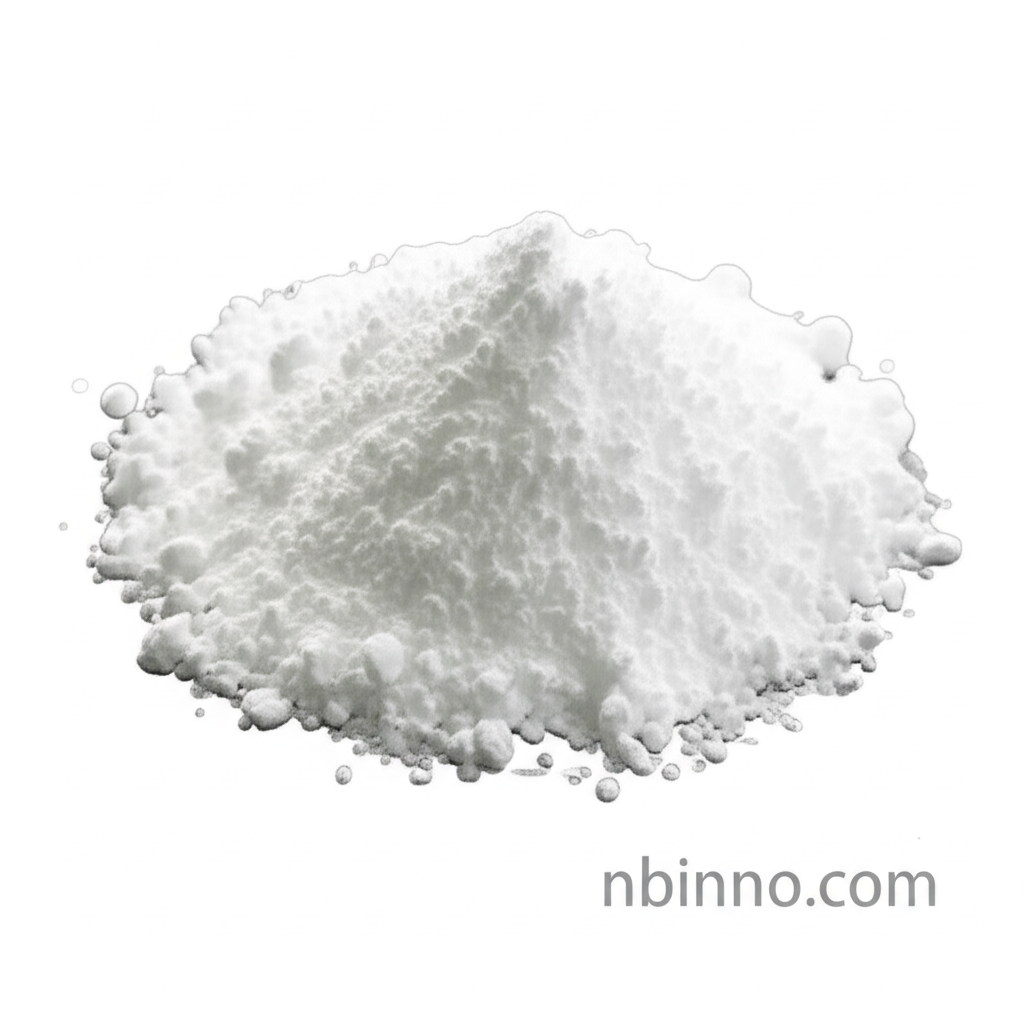2,6-Dichlorobenzonitrile: A Versatile Intermediate for Agrochemicals, Pharmaceuticals, and Dyes
Discover the critical role of 2,6-dichlorobenzonitrile in modern chemical synthesis for agriculture, medicine, and industry.
Get a Quote & SampleProduct Core Value

2,6-Dichlorobenzonitrile
As a pivotal intermediate, 2,6-Dichlorobenzonitrile (CAS: 1194-65-6) is indispensable in the synthesis of a wide array of vital chemical products. Its utility spans across agrochemicals, pharmaceuticals, and the dye industry, showcasing its broad impact and versatility.
- Explore the critical role of 2,6-dichlorobenzonitrile intermediate for agrochemicals in developing advanced crop protection solutions.
- Understand the synthesis of diflubenzuron from 2,6-dichlorobenzonitrile, a key process in creating effective insecticides.
- Learn about the application of 2,6-dichlorobenzonitrile in pharmaceutical production, facilitating the creation of essential medicines.
- Investigate its use as a cellulose synthesis inhibitor in plant research, contributing to advancements in plant physiology studies.
Key Advantages
Synthesis Versatility
Leverage the chemical properties of 2,6-dichlorobenzonitrile for various organic synthesis pathways, including the production of important herbicides like dichlobenil.
Industrial Significance
Utilize this high-purity white crystalline powder, a crucial building block for manufacturing over ten types of pesticides, contributing to agricultural productivity.
Research & Development Tool
Employ 2,6-dichlorobenzonitrile (CAS 1194-65-6) as a research chemical to study cellulose biosynthesis inhibition, advancing our understanding of plant cell wall development.
Key Applications
Agrochemical Manufacturing
2,6-Dichlorobenzonitrile serves as a vital intermediate in the synthesis of numerous herbicides and insecticides, supporting efficient crop protection strategies.
Pharmaceutical Synthesis
Its chemical structure makes it a valuable precursor in the development of various pharmaceutical compounds, contributing to the healthcare sector.
Dye and Pigment Industry
The compound finds application in the manufacturing of dyes and other fine chemicals, adding to the vibrant spectrum of industrial applications.
Plant Science Research
Used as a tool in botanical studies, its role as a cellulose synthesis inhibitor aids in understanding plant growth and development mechanisms.
